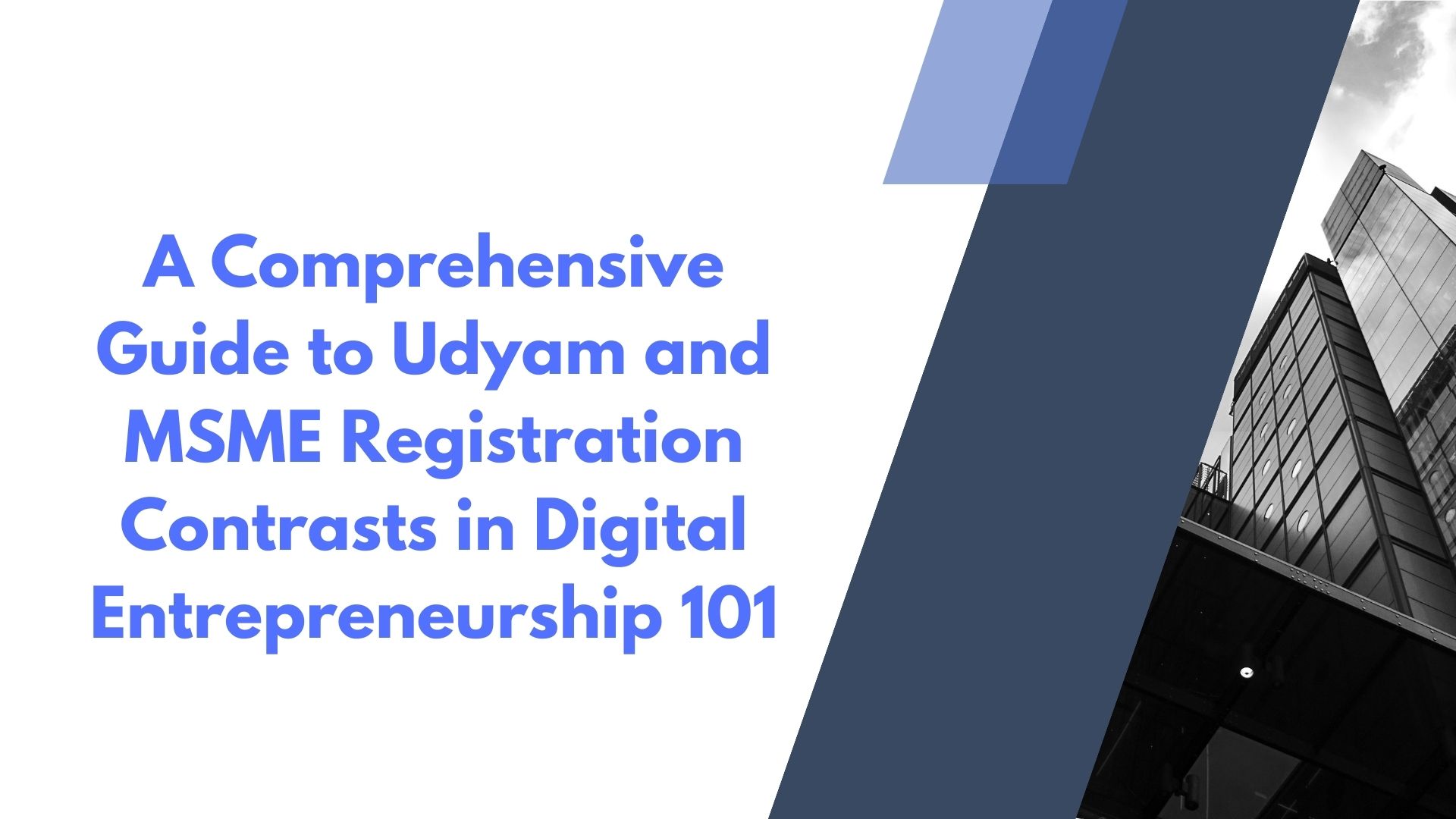A fixed deposit (FD) is a good option for those looking for a safe and secure way to invest their money for a long term. You can get an assured interest rate that fluctuates with the amount you deposit and the length of time you leave the money in the account. Your money is unaffected by market volatility which is the biggest advantage of FDs.
Having said that, how financial institutions use the fixed deposit interest rate to calculate the final amount and the fixed deposit tax exemption is something that every aspiring investor should know. Let’s understand the process.
Interest calculation on FDs
Interest accrued on a fixed deposit can be computed in two ways: simple interest and compound interest. The term and size of a deposit determine which method a bank will utilise.
What exactly is the distinction between the two? Only the principal amount is subject to interest accumulation under simple interest. When interest is compounded, it is added to both the principal and the interest.
Simple Interest
You may calculate simple interest by using the formula (P x R x T / 100).
Where,
P= Principal amount; R = Rate of interest per annum; T= No. of periods (in years)
Example,
Now, if one invests 10,000 rupees at 8% p.a. For a period of 5 years, one can calculate the interest like this.
Step 1: 10,000 x 8 x 5 = INR 4,00,000.
Step 2: Now divide that by 100. You get INR 4,000.
So, the interest you earn for 5 years is INR 4,000.
Thus, after 5 years, an investment of INR 10,000 in a Fixed Deposit yielding 8 percent p.a. Simple interest would return INR 14,000.
Compound Interest
With this approach, not only do you receive interest on the initial investment, but you also receive interest on the interest. You should make sure you get a good interest rate on your flexible FD, as many banks offer compound interest.
Take the case of a 5-year deposit at a bank that pays 8% p.a. in compound interest. To get the return on your INR 10,000 investment, use the formulas below.
Year 1
For the first year, we will apply the simple interest formula.
10,000x8x1/100 = INR 800
Therefore, the first year’s interest earned is INR 800.
It is added back to the principal. This results in a main payment of INR 10,800 for the next year.
Year 2
Your second-year earnings will be INR 10,800, an increase of 8%.
10,800x8x1/100 = INR 864
You earn INR 864 as interest. The sum is added once more to the initial loan balance. Your account balance is now 11,644 INR.
The compound interest over the next years of the deposit can then be calculated. Instead of doing this calculation repeatedly, you can apply a straightforward formula that involves multiplying the initial sum by the interest rate multiplied by the number of years.
Compound Interest (CI) = P {(1 + i/100)n – 1}
Where P = Principal amount; n = number of years; i = rate of interest per period
This means that in the previous scenario, you would gain
CI= 10,000 {(1+8/100)5 – 1} = INR 4,693
Total amount = INR 14,693
Calculating FD Interest in India
For a manual FD Interest Calculation, you can use the following formula:
A= P(1+r/n)^n*t
Where,
A = Maturity Amount,
P = Principal Amount,
r = Rate of Interest,
t = Duration of FD, &
n = Compounded Interest Frequency
With the point to interest calculation out of the way, let’s take a look at the taxation of FDs in India.
Taxation on FDs
As per the Income Tax Act of India, the interest income on the FD is taxable. For investors under 60 years of age, this threshold is Rs.10,000, and for senior citizens, this is Rs.50,000. Now, the banks usually deduct the TDS directly from your deposit. If you want to stop them from doing that, then you need to submit Form 15G or 15H every financial year.
Now, an easier way to enjoy fixed deposit tax exemption is by opting for the tax saver FDs. You can talk to the representatives of your preferred banks to learn more about it.
Final words
Always remember that the interest rate on FD is different and varies on the term length when deciding where to put your money. It’s not necessarily true that you’ll get a better interest rate if you select the maximum possible tenure. If you want a high rate of return using a compound interest formula, you should look at the bank’s interest rate table (which is normally available on the bank’s website) and pick the FD option that best suits your needs.
Author Bio:
This is Aryan, I am a professional SEO Expert & Write for us technology blog and submit a guest post on different platforms- Technoohub provides a good opportunity for content writers to submit guest posts on our website. We frequently highlight and tend to showcase guests




